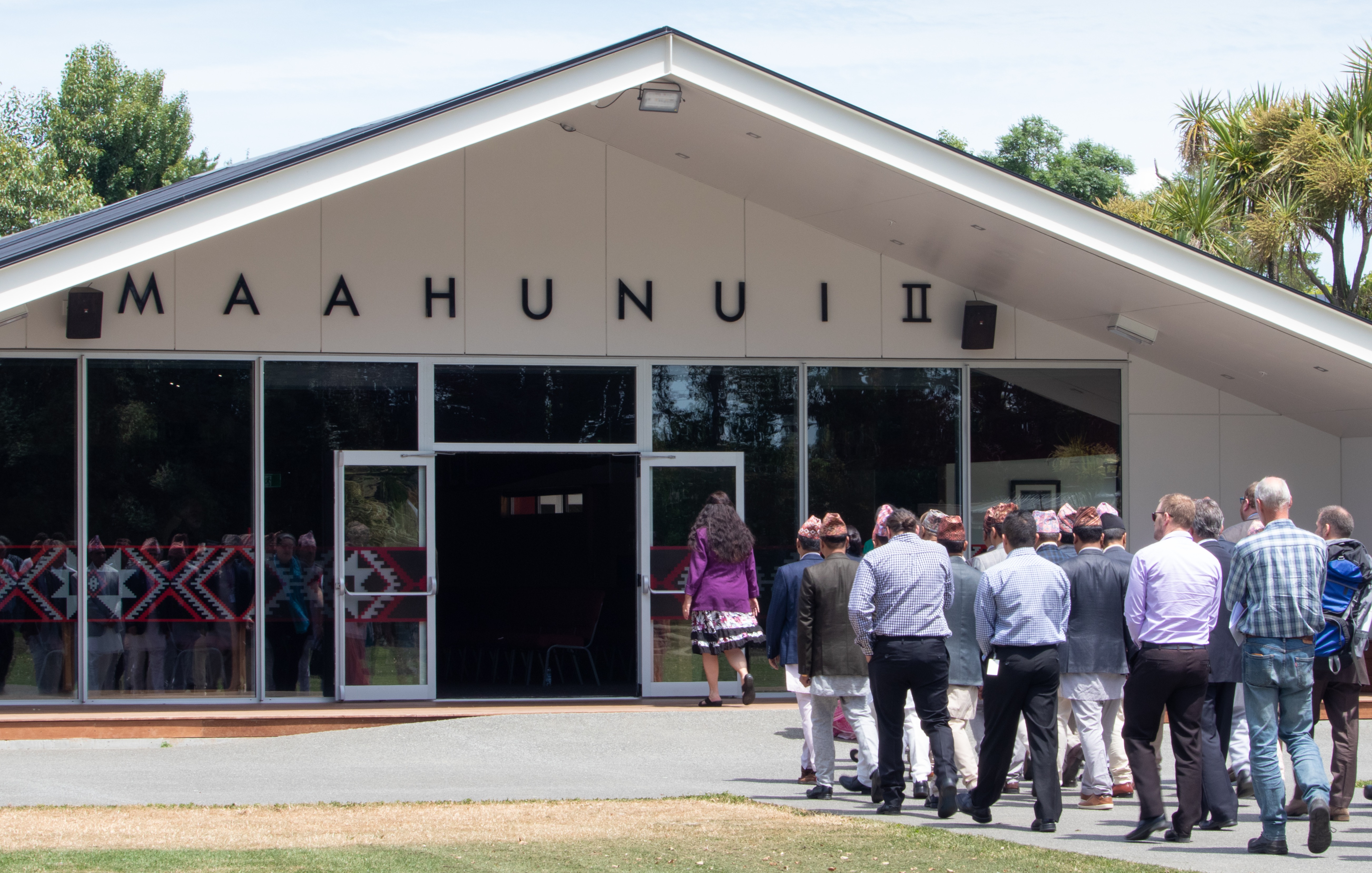Descendants of Ngāi Tūāhuriri (along with other Ngāi Tahu whanui) have resided in the area now known as the Waimakariri District for over 40 generations.
Tuahiwi is the home of Ngāi Tūāhuriri and has played a vital role in Ngāi Tahu history.
The takiwā (district) of Te Ngāi Tūāhuriri Rūnanga centres on Tuahiwi and extends from the Hurunui to the Hakatere river and inland to the Main Divide. Nearby the famous Kaiapoi Pā was established by the first Ngāi Tahu ancestors when they settled Te Wai Pounamu.
Kaiapoi Pā was the major capital, trading centre and point from which further penetration of the South Island occurred so the area is a genealogical centre for all Ngāi Tahu whānui (descendants).
The territorial area governed by the Waimakariri District Council sits within the takiwā (territory) of Ngāi Tūāhuriri which is one of eighteen Ngāi Tahu regional papatipu rūnanga, constituted under the Te Rūnanga o Ngāi Tahu Act 1996 to represent mana whenua interests.
A Memorandum of Understanding (MOU) between the Council and Te Ngāi Tūāhuriri Rūnanga was first developed in 2003 and renewed in 2012. It responds to the spirit and intent of the provisions of the Local Government Act passed in 2002.
The purpose of the MOU is to develop a mutually beneficial relationship between the Waimakariri District Council and Te Ngāi Tūāhuriri Rūnanga based upon the core values of the parties.
The MOU seeks to establish and provide for a clear understanding of the basis and on-going conduct of the partnership relationship between the Waimakariri District Council and Te Ngāi Tūāhuriri Rūnanga.
The Local Government Act 2002 recognises and respects the Crown’s obligations under the Treaty of Waitangi by placing some specific obligations on councils.
The Act includes requirements for councils to:
- ensure they provide opportunities for Māori to contribute to decision-making processes
- establish and maintain processes for Māori to contribute to decision-making
- consider ways in which they can foster the development of Māori capacity to contribute to decision-making processes
- provide relevant information to Māori
- take into account the relationship of Māori and their culture and traditions with their ancestral land, water, sites, wāhi tapu, valued flora and fauna, and other taonga.
These provisions apply to all Māori in the city, district, or region. They acknowledge that Māori other than mana whenua may be resident in the area.
The intent is for both local authorities and Māori organisations to move beyond engaging on matters of environmental and cultural importance only.
The Council aims that public effect is given to the spirit of the Treaty of Waitangi.
A key way towards achieving this aim is for the Council and Te Ngāi Tūāhuriri Rūnanga to continue to build their relationship. Each year in the Council’s published Annual Report is a disclosure which summarises the actions taken by the Council to give effect to these outcomes.
The Council also has important relationships with the Trustees and descendant land owners of various areas in the District reserved for Māori, stretching back to the 1840s, but a small fraction of the original extent of land held by Māori.
This includes land in a number of Māori Reserves, the most significant being MR873 which encompasses around 1,000 hectares between Rangiora, Kaiapoi and Woodend. Dialogue and cooperation with the Trustees of the Marae at Tuahiwi, the Kaiapoi Pa Trustees and the Trustees of the Fenton Reserve and Entitlements at the Ashley-Rakahuri river estuary is important to the Council.
The Council also has a significant partnering relationship with Te Rūnanga o Ngāi Tahu. This arises in particular from working together as part of implementing the Greater Christchurch Urban Development Strategy (UDS), the Resilient Greater Christchurch Plan and now the Greater Christchurch Partnership.
In 2019 the Council established the Mahi Tahi Joint Development Committee. This was seen as a considerable step progressing the relationship and business between the Council and the Rūnanga.
The rohe or takiwā (district) of Ngāi Tūāhuriri extends from the Hurunui River in the north, to the Hakatere River in the south, and inland to the Main Divide. It has Tuahiwi as its centre.
Tuahiwi Marae Office contact details
Postal address:
219 Tuahiwi Road,
Tuahiwi
RD 1
Kaiapoi 7691
Phone: (03) 313 5543
Email: tuahiwi.marae@ngaitahu.iwi.nz
